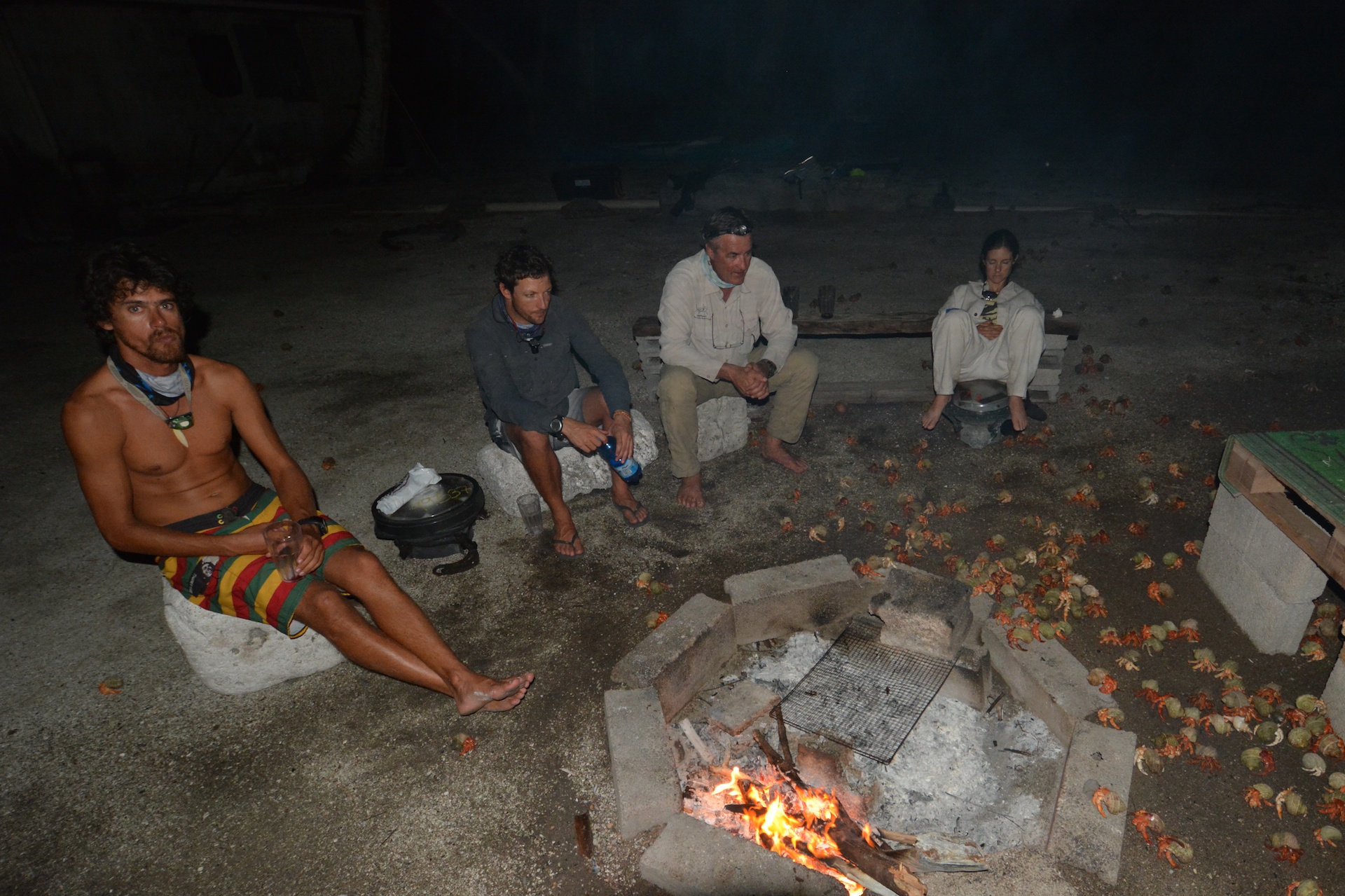Research expedition to St Joseph’s Atoll – Part II
We are nearing the end of our month-long field trip to St Joseph Atoll and at the stage of the expedition when I find myself thinking about what we have achieved. It feels like the past three weeks have flown by very fast, but much of what we aimed to do has been done.
The first task was to capture 30 bonefish and tag them with acoustic transmitters. This we ticked off the list very early in the field trip. We then focused our attention on capturing and tagging more stingrays in the atoll, which was slightly more challenging but also successfully achieved. The team was ecstatic when we captured the largest porcupine ray (and the only adult specimen to date) and fitted it with the last transmitter in the box!
Our biggest challenge was capturing the elusive permit fish, which we saw regularly in shoals of up to 10 individuals, but they disappeared rapidly as they sensed our presence. We tried various baits and flyfishing techniques, and even attempted to fish for them after dark. Our efforts were eventually rewarded when we caught one using a small hermit crab as bait. However, after persisting for several days without any more luck, we had to shift our research focus to other tasks that needed to be completed. These included collecting more bonefish and stingrays and surgically excising from each one a small piece of muscle tissue that will be taken back to the laboratory and used to conduct stable isotope analyses. The results will reveal the dietary habits of these species and the role they play in the atoll’s food web.
Although we were working at one of the most beautiful places on the planet, there were times when the scouring tropical sun and the accursed plague of mosquitoes took their toll. However, these hardships were dwarfed by the positive and jovial spirit of the research team; every evening we found ourselves joking and laughing about the day’s events. The memories of sipping a cold drink on the beach in the evening and sitting around the campfire at night will stay with me for many years.

